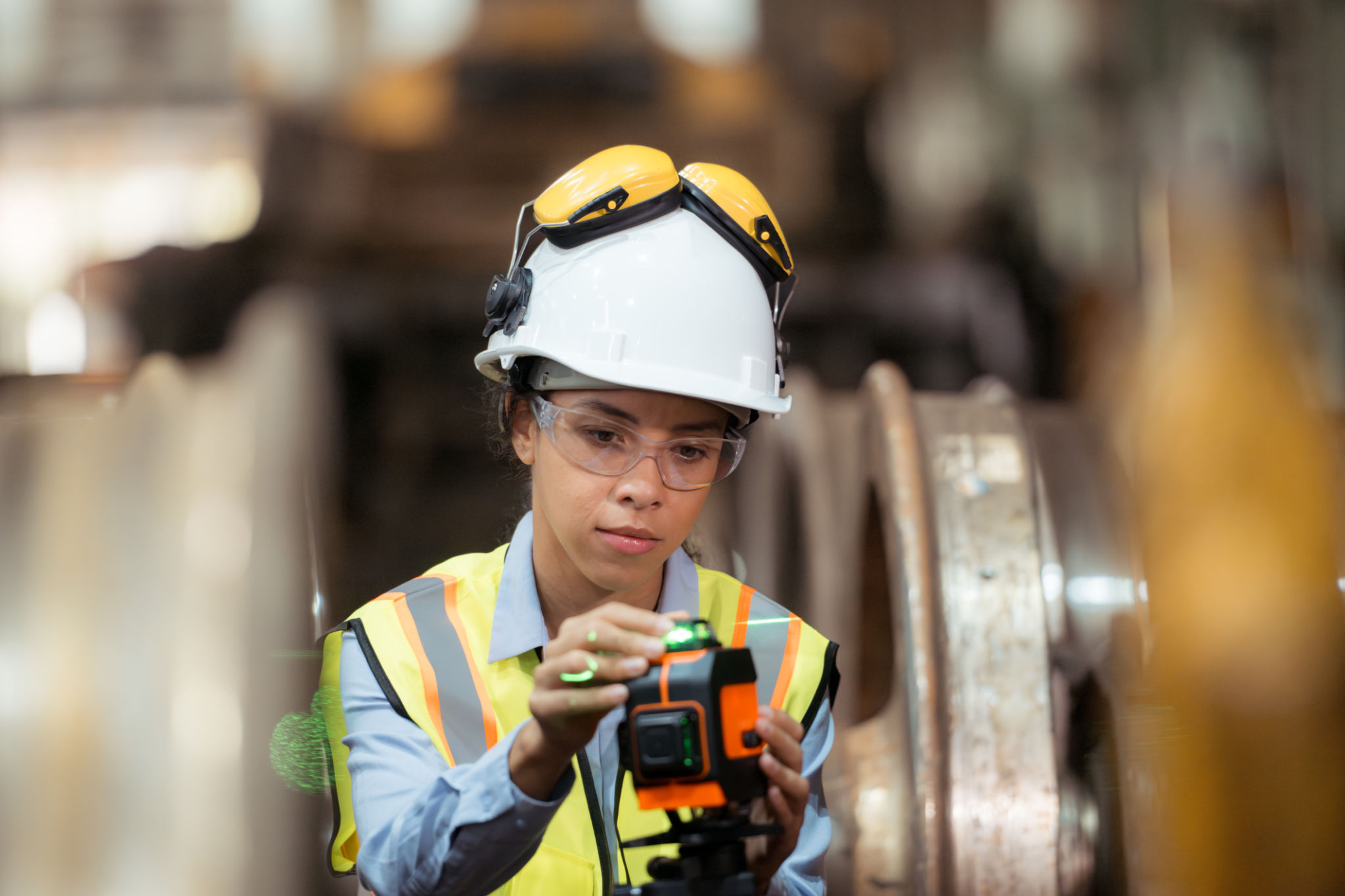Expert Insights: Common Challenges in Train Track Installation
Introduction to Train Track Installation Challenges
Train track installation is a complex and demanding task that requires meticulous planning and execution. The process involves several steps, each with its unique set of challenges that must be addressed to ensure successful completion. From site preparation to track alignment, every phase presents potential obstacles that can impact the overall project timeline and budget.
In this post, we delve into expert insights on the common challenges faced during train track installation and explore strategies to overcome them. Understanding these challenges is crucial for project managers, engineers, and stakeholders to make informed decisions.

Site Preparation and Assessment
Geographical and Environmental Factors
The first significant hurdle in train track installation is the geographical and environmental assessment of the proposed site. Varying soil conditions, topography, and climate can pose substantial difficulties. For instance, rocky terrains or areas prone to flooding require special attention and possibly additional resources to ensure stability and safety.
Regulatory Compliance
Another critical aspect is ensuring compliance with local, state, and federal regulations. Navigating the complex web of laws related to land use, environmental protection, and safety standards can be daunting. Failure to adhere to these regulations can result in costly delays and fines.

Engineering and Design Challenges
Design Complexity
The design phase often involves integrating advanced technology to meet modern transportation needs, which can complicate the process. Engineers must balance technical requirements with practical constraints like budget limits and project timelines. Ensuring that all components work together seamlessly is a significant challenge.
Material Selection
Selecting the right materials for track construction is another crucial consideration. The materials must withstand heavy loads, resist wear and tear, and endure various weather conditions. Quality materials may come at a higher cost, but skimping on quality can lead to frequent maintenance issues and safety hazards.

Installation and Alignment
Precision in Track Alignment
Track alignment requires precision engineering to ensure trains operate smoothly and safely. Even minor misalignments can lead to derailments or excessive wear on tracks and wheels. This phase demands skilled labor and modern technology to achieve the necessary accuracy.
Dealing with Unforeseen Obstacles
Despite thorough planning, unforeseen obstacles such as underground utilities or unexpected weather conditions can arise during installation. Having contingency plans in place is essential for minimizing disruptions and keeping the project on track.
Conclusion
Train track installation is a multifaceted process fraught with challenges that demand expert handling. By understanding and anticipating these common issues, stakeholders can implement effective strategies to overcome them, ensuring the successful completion of projects. With ongoing advancements in technology and engineering practices, the future of train track installation looks promising, paving the way for safer and more efficient rail networks.
